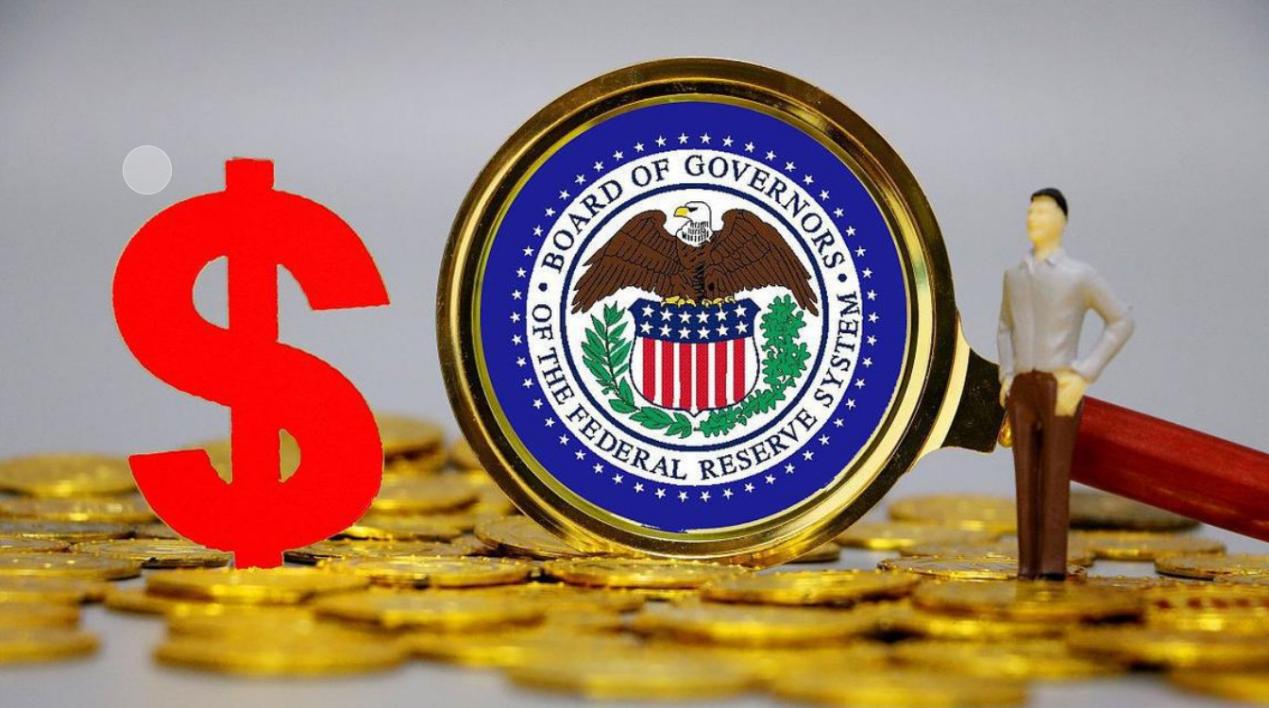
Recently, the performance of US inflation data has attracted widespread market attention. Multiple key economic indicators show that the inflation situation in the United States has improved, which to some extent enhances market expectations that the Federal Reserve may cut interest rates earlier. However, the statements of Federal Reserve officials still appear quite cautious, emphasizing that the formulation of future monetary policy will strictly rely on data.
Recently, the inflation data released by the US Department of Labor has become the focus of market attention. Data shows that the year-on-year growth rates of Producer Price Index (PPI) and Consumer Price Index (CPI) have both slowed down, indicating that inflationary pressures in the United States are gradually easing.
Specifically, the slowdown in year-on-year PPI growth is mainly due to the decline in energy and commodity prices. With the recovery of the global supply chain and the stability of the energy market, production costs in the United States have been effectively controlled, thereby driving down PPI. At the same time, the year-on-year growth rate of CPI has also shown a slowing trend, mainly due to the decline in food and energy prices and the increase in consumer purchasing power.
In addition, the core inflation rate (i.e. CPI after deducting food and energy prices) has also shown some stability. Although the core inflation rate remains higher than the Fed's long-term target of 2%, its growth rate has significantly slowed down, further enhancing market confidence in improving inflation.
Despite the improvement in inflation data, Federal Reserve officials still appear quite cautious in their statements. They emphasized that the formulation of future monetary policy will strictly rely on data, and pointed out that the downward trend of inflation still needs to be further consolidated.
The cautious attitude of the Federal Reserve is mainly due to the complexity of inflationary pressures: although the overall inflation rate has slowed down, the core inflation rate is still high and there is a certain degree of uncertainty. The Federal Reserve needs to closely monitor changes in core inflation rates to ensure that inflation does not rebound again.
The second is the state of the job market: the US job market remains strong, with unemployment rates remaining at a low level. The Federal Reserve needs to balance the relationship between inflation and employment to ensure that monetary policy does not have a significant impact on the job market.
The third is the global economic situation: the complexity of the global economic situation also has an impact on the Federal Reserve's monetary policy formulation. The Federal Reserve needs to closely monitor the trend of the global economy to ensure that monetary policy does not have a negative impact on the global economy.
Therefore, although market expectations for an earlier rate cut by the Federal Reserve have increased, Fed officials still indicate that future monetary policy will remain cautious and make timely adjustments based on changes in data.
The cautious attitude of the Federal Reserve and the improvement of inflation data will have a certain impact on the market. With the easing of inflationary pressure and the increasing expectation of a possible interest rate cut by the Federal Reserve, the stock market is expected to receive some support. However, due to the cautious attitude of the Federal Reserve, the upward potential of the stock market may be limited. Investors need to closely monitor the policy movements of the Federal Reserve and changes in inflation data in order to develop reasonable investment strategies. With the easing of inflationary pressure and the increasing expectation of a possible interest rate cut by the Federal Reserve, the bond market is expected to experience a certain rebound. However, due to the cautious attitude of the Federal Reserve and the uncertainty of the global economic situation, the volatility of the bond market may increase. Investors need to carefully assess risks and allocate bond assets reasonably.
Foreign exchange market: The trend of the US dollar exchange rate will be influenced by the Federal Reserve's monetary policy. If the Federal Reserve chooses to cut interest rates, the US dollar exchange rate may come under pressure. However, due to the complexity of the global economic situation and the influence of geopolitical factors, the trend of the US dollar exchange rate may exhibit certain volatility.
In future development, the Federal Reserve will continue to adjust monetary policy in a timely manner based on changes in data to ensure a balance between inflation and employment. Investors need to closely monitor the policy movements of the Federal Reserve and changes in the global economic situation in order to develop reasonable investment strategies and respond to possible market challenges.

Driven by the Trump administration's push to relax financial regulations and the recovery of investment banking business, the market value of the six major banks in the United States has cumulatively increased by approximately 600 billion US dollars by 2025.
Driven by the Trump administration's push to relax financia…
On Christmas evening, U.S. President Trump posted on social…
According to multiple foreign media reports, the recent fin…
The middle class, once regarded as the cornerstone of Ameri…
On December 19th local time, the US military launched a lar…
The Boxing Day sunshine should have cast a false glow of pr…